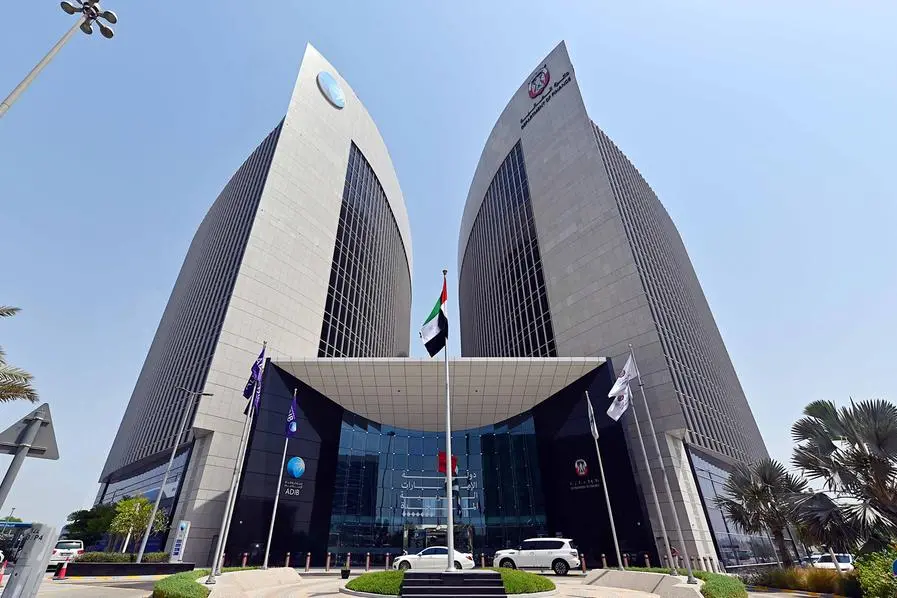PHOTO
Cityscape of Johannesburg in South Africa a venue of the 2010 World Cup, February 18, 2010. Reuters Image used for illustrative purpose.
From September this year, several central banks globally are expected to deliver their first interest rate cut in many years. US Federal Reserve chair, Jerome Powell, was the latest to offer his blessing for the start of interest rate cuts, recently telling an audience of economists and policymakers that “the time has come for policy to adjust”.
An interest rate cut will still depend on the US consumer inflation rate reaching its central bank’s 2% target and the state of the labour market. However, market watchers have interpreted Powell’s comments as the US central bank preparing to cut interest rates at its mid-September meeting by between 25 and 50 basis points.
The South African Reserve Bank will watch the US central bank’s moves closely. It appears the Reserve Bank has been waiting for the US central bank to start cutting before it embarks on its own interest rate-cutting cycle.
As it turns out, several economic developments in recent weeks are paving the way for the Reserve Bank to prepare for an interest rate cut in September. It would be the first cut since the bank started raising rates in November 2021.
The consumer inflation rate in South Africa eased markedly from 5.1% in June to 4.6% in July. It is the first time in eight months that the inflation rate fell closer to the midpoint of the Reserve Bank’s 3% to 6% target. Particularly encouraging was the decline in food and transport price inflation. Also in September, fuel prices dropped for the fourth consecutive month, providing more relief to consumers.
All these factors have pushed several economists to forecast an interest rate cut of 25 basis points at the Reserve Bank’s 19 September 2024 meeting, bringing the repo rate to 8%. Three more cuts of 25 basis points each are expected by mid-next year.
Calvin Crick, MD for Transaction Services at Cushman & Wakefield | BROLL
Calvin Crick, the managing director for Transaction Services at Cushman & Wakefield | BROLL, says a long-awaited interest rate cut will transform the commercial property sector. As a leader in the property sector, Cushman & Wakefield | BROLL has a direct line of sight to the impact of lower interest rates on financing solutions for property purchases, valuations, and profits that investors can generate.
A direct benefit that property owners and investors will notice is lower borrowing costs, says Crick. This will make it cheaper for investors to finance property purchases, which Crick believes can increase the demand for commercial properties. After all, the property sector is capital-intensive and any reduction in borrowing and capital costs will be welcomed.
As more investors purchase properties in a low-interest rate environment, Crick says this will stimulate the overall commercial property market. “With cheaper financing options, there may be an uptick in property transactions and development projects,” he says, which will, in turn, boost South Africa’s economy.
Investors also stand to derive more value from their property assets as low interest rates normally lead to higher property values, says Crick. This is because a discount rate that involves lower interest rates, which is used to value future cash flows generated by property rental streams decreases, results in higher present values.
Crick says this benefit will also lead to overall profitability as property investors will enjoy reduced debt repayments because of lower interest rates. Once subtracting property costs (including higher debt repayments) from their rental income, investors could generate higher returns. “This results in commercial properties becoming more attractive investments,” says Crick.
All rights reserved. © 2022. Bizcommunity.com Provided by SyndiGate Media Inc. (Syndigate.info).





















